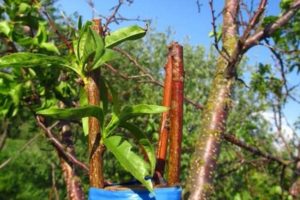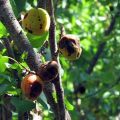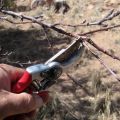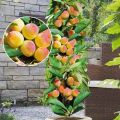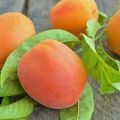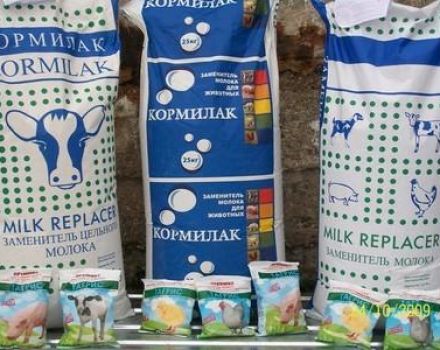Description of the Tsarsky apricot variety, characteristics of frost resistance, planting and care
For the Moscow region and neighboring regions, the most suitable apricot variety is Tsarsky. The culture grows fully and bears fruit in a harsh climate. The fruits are distinguished by their gorgeous taste and appearance. Before planting a crop on their site, gardeners need to familiarize themselves with the description of the variety, the rules of planting and care. Subject to the recommendations, the apricot will delight you with a bountiful harvest every year.
Description of the variety
Apricots are endowed with high taste. With proper care, the tree will certainly delight with abundant, systematic yield.
Description of the variety:
- self-fertile, which means that the plant is pollinated with its pollen, the crop appears even under adverse weather conditions;
- on average, apricots grow 20 grams;
- the culture can withstand frosts down to -40 degrees;
- the plant is low, the maximum height is 4 meters;
- the culture has medium branching;
- fruits are suitable for conservation;
- vigor of apricot growth - moderate;
- the skin of the fruit is thick, pubescent, the taste is sweet and sour;
- the flesh is dense, orange.
The royal variety is an excellent honey plant. The plant attracts bees like a magnet. Begins to bear fruit from the fourth year.
Advantages and disadvantages of the variety
The advantages of the variety include:
- regular fruiting;
- versatility of the crop;
- frost resistance;
- easy adaptation to weather conditions and soil;
- pleasant taste of apricots;
- long-term storage of the crop, fruits are able to maintain their presentation for 2 months;
- excellent transportability of fruits.
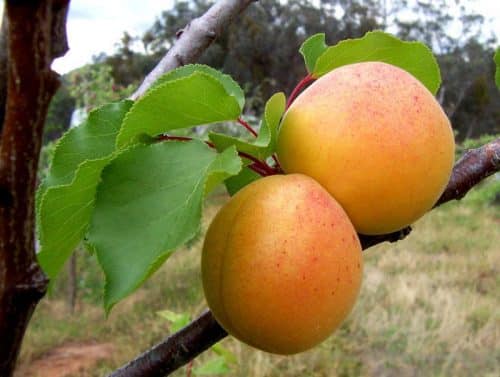
The Tsarsky apricot variety has several disadvantages:
- average yield;
- small fruit size;
- weak resistance of flowers to recurrent frosts.
Apricots can be grown from seeds. The result is 50/50. With the same probability the tree can grow as varietal or wild.
Characteristic
Apricots are early ripe. Fruit fully ripens in late July when grown in warm climates.

Drought resistance, winter hardiness
The culture has good winter hardiness and frost resistance. In areas with harsh winters, shelter is required. Apricot adapts well to weather conditions and produces a good harvest in dry summers. The plant gets enough moisture from natural rainfall.
Easily tolerates drought up to 2.5 months. With prolonged summer rains, it is rarely affected by fungal infections.
Pollination, flowering and ripening times
The tree has large white flowers. The largest of all frost-resistant varieties in size. Bloom begins in early April.Refers to self-fertile, so you do not need to plant a companion next to it. Due to early flowering, insects do not act as pollinators. Their function is performed by the wind.
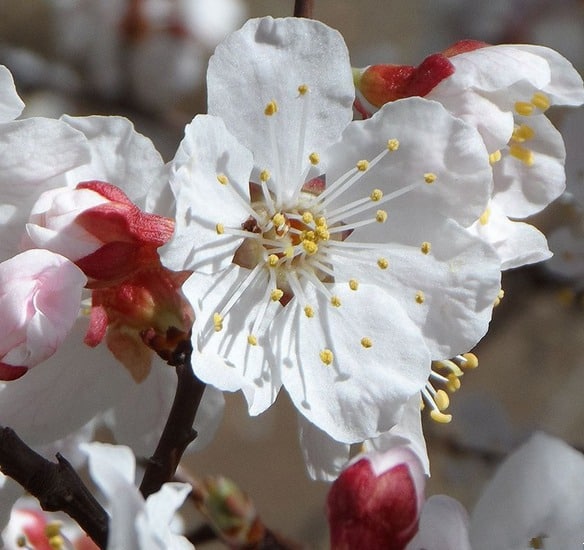
Recurrent frosts can damage inflorescences and reduce the amount of harvest. Therefore, during flowering, it is recommended to cover the crown with a film or fabric material. The protection will not disturb pollination and will preserve the ovaries.
With a warm summer, the fruits ripen in early August, with unfavorable weather conditions - at the end of August.
Productivity, fruiting
In a favorable year, a crop weighing about 40 kilograms is harvested from one tree. In the 1-2nd year of fruiting, in unfavorable weather, the yield can be about 10 kilograms. The variety begins to bear fruit regularly and give a stable harvest from the 6th year. A mature tree produces a consistent harvest every season.

Disease and pest resistance
Apricot is resistant to:
- pests;
- diseases.
The culture can be affected by fungal diseases during heavy prolonged rains and in the absence of care. In winter, the bark must be wrapped to protect it from rodents. Watch out for pests in the summer. Plum aphids can settle on young shoots.
You can deal with insects:
- mechanical method, manually destroying aphids;
- with the help of special preparations.
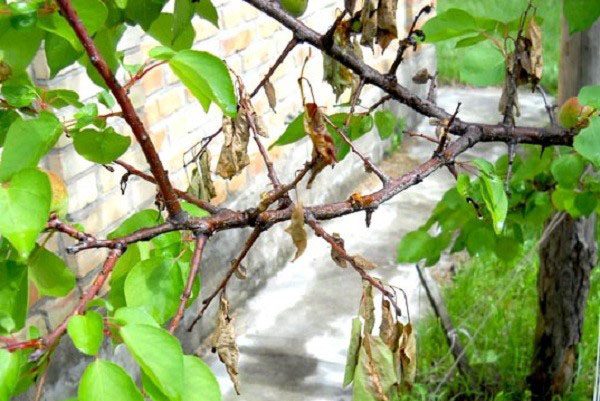
Combining the two methods will help speed up the process of pest control and maintain yields.
Features of planting and care
Important points to pay attention to when planting seedlings:
- In cool regions, it is recommended to plant seedlings in the spring before budding. In autumn, planting is carried out a month before the onset of frost.
- Before planting, the soil is dug to a depth of half a meter. Then they are loosened by saturating with oxygen. To increase the nutritional value of the soil, fertilizers are applied.
- A hole is dug to a depth of 70 centimeters. A peg is placed in the center, which will serve as a support for the tree.
- The roots are covered with soil, leaving the graft above ground level. There should not be any voids under the roots.
- Water the tree abundantly using 30 liters of water.
- When the moisture is completely absorbed, the area around the seedling is mulched. Sawdust is suitable for this.
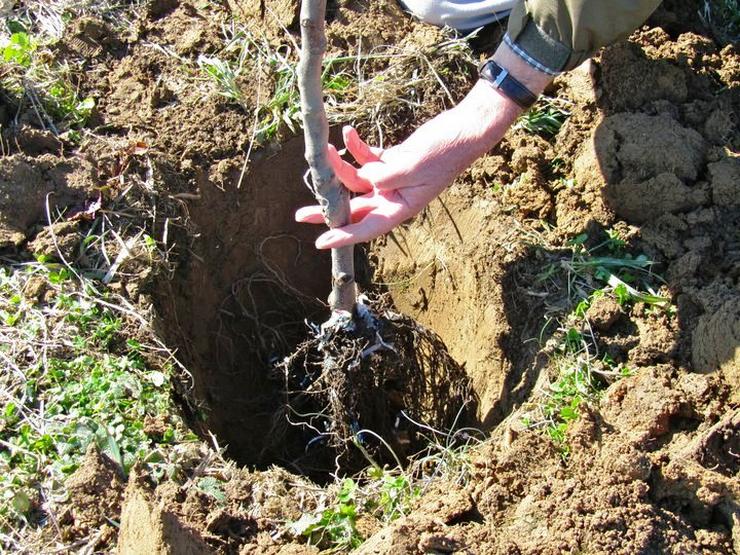
In order for an apricot to give a good harvest and grow healthy, it is necessary to take proper care of it:
- Fertilize with minerals in spring, organic in autumn.
- At the beginning and end of the season, form a crown, remove dry branches.
- For the winter, cover the trunk with burlap from the invasion of rodents.
- Regularly carry out preventive measures against diseases and pests.
- Observe moderate soil moisture. Watering is recommended early in the season, during fruit formation and in October. Watering in the fall helps to increase the frost resistance of the apricot.
- At the beginning and end of the season, the stems and the trunk are whitewashed with lime.
It is impossible to cover the plant with roofing material for the winter. When cutting, the places of the cuts are treated with garden pitch. Processing helps prevent the growth of pathogenic microbes.

